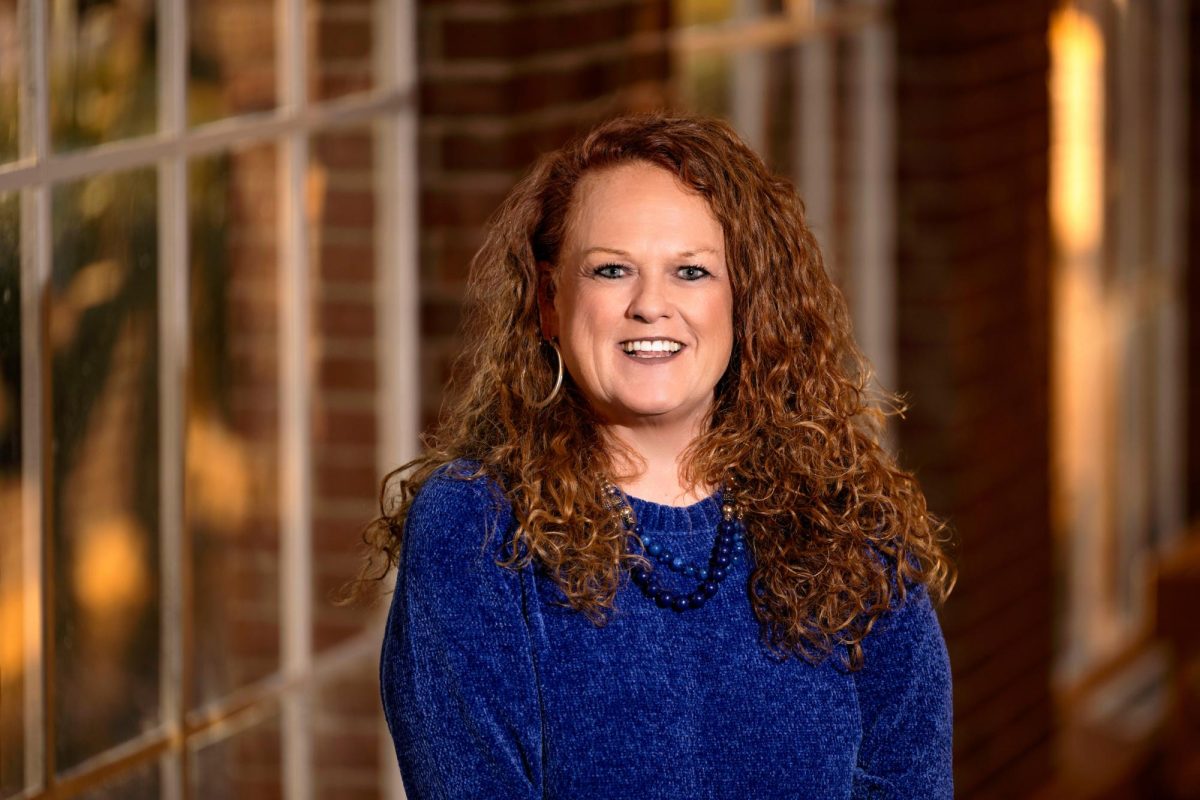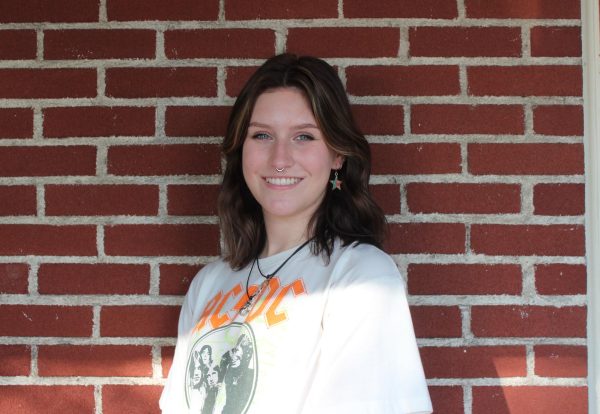On Thursday, Sept. 28, Public Safety hosted open forums, one at 1 p.m. and one at 7 p.m., with Chief Anthony Morgan and Lieutenant Colbey Russell ’24 leading the presentation. These forums served as an opportunity for Public Safety to let the campus know about their recent incident response training and other safety efforts on campus as well as to create a space for community members to ask questions.
The session began with information about Public Safety’s training for responding to “violent critical incidents,” which encompasses situations where there are imminent threats to safety such as an active shooter. They performed their first practice drill on June 7, in which officers responded to a simulated active shooter drill. A recording of one of these drills was shown, in which three officers responded to an active shooter drill inside the Kenneth Langone Athletics & Recreation Center (KLARC).
Public Safety follows the ALICE emergency training, which stands for Alert, Lockdown, Inform, Counter and Evacuate. This system is similar to Run, Hide, Fight but is trauma-informed and takes age and ability into consideration. This same system is taught in local school districts as well. There have been ten different training sessions on the ALICE response system. Additionally, two team members have received Federal Emergency Management Agency (FEMA) training.
Another safety initiative discussed was the involvement of responders outside of Bucknell, such as Buffalo Valley Police. In order for there to be the best and most accurate response to a threat, responders have been acquainted with campus buildings as well as provided with working key fobs for card access areas, which will only operate during emergencies.
Entry points and keycard access are currently being considered in emergency responses. There are around 512 card-access doors on campus, which can all be deactivated during an emergency, while still allowing people to exit through these doors. However, the Elaine Langone Center (ELC) is an outlier with 24/7 cardless access. Instead, many interior doors are locked with keys. Current safety initiatives are considering how to make these doors easier to lock from the inside in the event that individuals need to use these doors to hide and shelter during an emergency.
A major recent safety initiative is the introduction of the BSAFE app. This new safety app provides multiple resources to students; for example, it acts as a mobile “Blue Light,” which expands the limitations of the lights scattered throughout campus. One of the newest resources includes “Friend Walk,” where students can share their live location with a person of their choice in the event that they feel unsafe while walking on campus. “Social Escape” is another new function, in which the app will fake a call on the user’s cellphone in order to provide an exit from their current social situation.
The app also provides an emergency helpline, a tip line, campus maps and support resources. There are also emergency plans that are building-specific in order to prepare students for emergencies within dorm buildings rather than academic or other public buildings.
Public Safety then discussed training opportunities available to the community, such as CPR, situational awareness, self-defense, de-escalation, workplace violence mitigation, active shooter drills and mental health first-aid/crisis intervention.
The forum closed out with recent updates. Public Safety was proud to announce that 51 of the 63 community suggestions from 2022 have been initiated. One of their main recent initiatives is relational policing, in which Public Safety aims to connect with the community outside of times of crisis so that the community as a whole feels more connected to and welcomed by the staff. Another recent initiative is the introduction of Digger, the brother of the well-known campus therapy dog, Dozer. Digger has been joining the deputies on ride-alongs and will act as a welcoming member of the force as well as act as a therapeutic dog in events of distress that may need crisis intervention.
Public Safety has also initiated a hybrid response model over the past year, in which officers responding to non-emergency and non-violent situations such as dorm lockouts will not be armed. Additionally, as most students learned through e-mail over the summer, a License Plate Recognition system has been installed on deputy cars to ensure a more efficient and equitable monitoring of on-campus parking. The officers were also excited to announce the Sexual Assault Symposium from this past summer as well as recent Crisis Intervention Team Training were some of the first in the area.
Be on the lookout for similar Public Safety community engagement events as well as upcoming training sessions. For instance, this past Wednesday was National Coffee with a Cop Day, in which students could stop by and say hello to the members of Public Safety to receive a free coffee coupon.

























